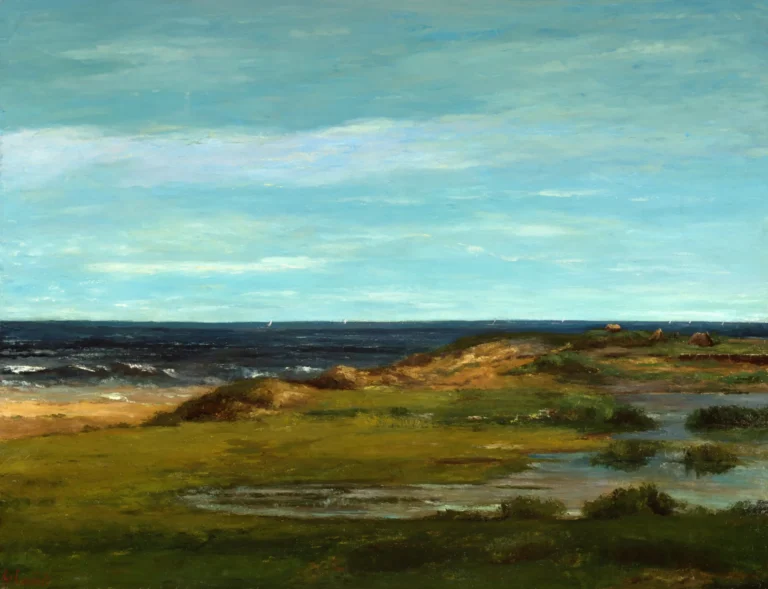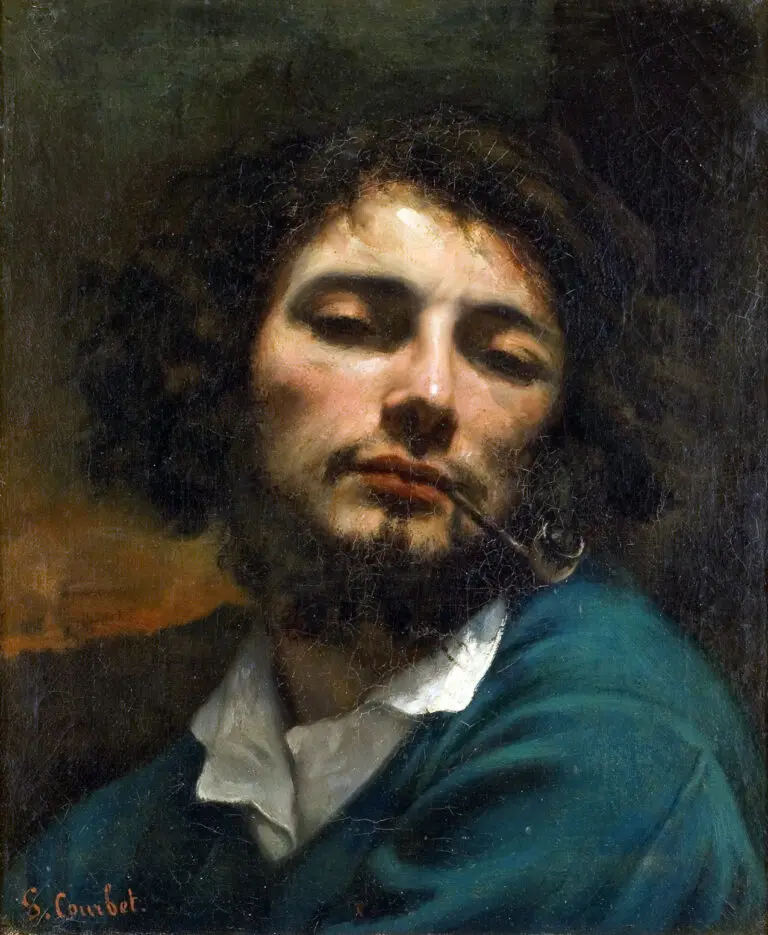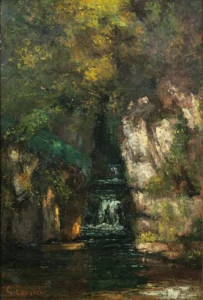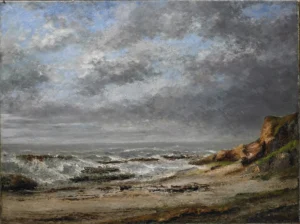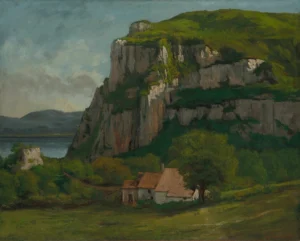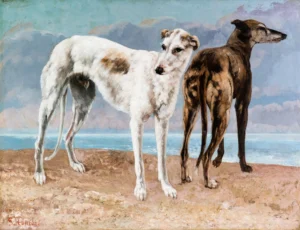Seascape
Gustave Courbet, a pivotal figure in the Realist movement, created a series of seascapes that reveal his deep connection to the northern coast of France, especially Normandy. His works showcase two distinct styles: serene 'Marines' portraying tranquil waters and dynamic 'Waves' depicting the ferocity of storms. Courbet’s paintings, such as 'The Sailboat (Seascape)' and 'Marine', emphasize vibrant color and raw natural beauty, influencing the evolution of marine art.
1860s
About the Artwork
In the 1860s, Gustave Courbet frequently retreated to the northern coast of France, particularly Normandy, drawing inspiration from its enchanting landscapes. His fascination with the elemental power of the sea is vividly captured in his seascapes. Courbet experimented with color and form, showcasing both the calm and tumultuous nature of the ocean. His contemporaries, including Édouard Manet, praised him for his extraordinary depiction of water's movement and the interplay of light and shadow. Courbet's departure from traditional forms allowed him to focus on natural beauty, leading to a renewed appreciation of the seascape genre and cementing his legacy as a master of Realism.
Did You Know
Courbet’s approach to seascapes, focusing on natural elements rather than boats, significantly influenced maritime painting, paving the way for future generations of artists.
Courbet’s fascination with nature was deeply personal; his frequent visits to the coast allowed him to develop a profound understanding of the dynamics of the sea, which he captured in his artwork.
His talent was publicly recognized when works like ‘The Sailboat (Seascape)’ were exhibited at significant venues, leading to admiration from prestigious contemporaries and establishing him as a key figure in Realism.





